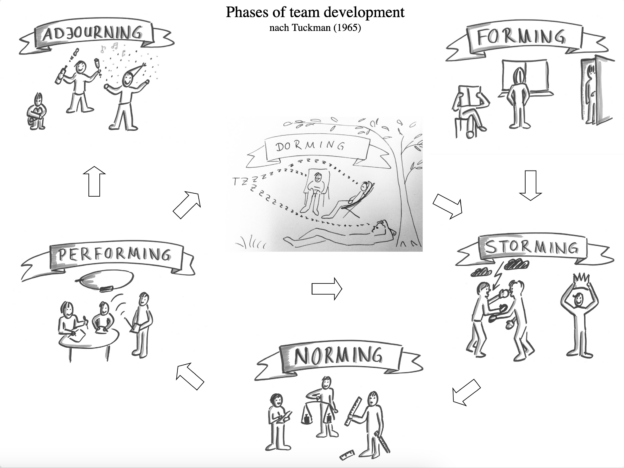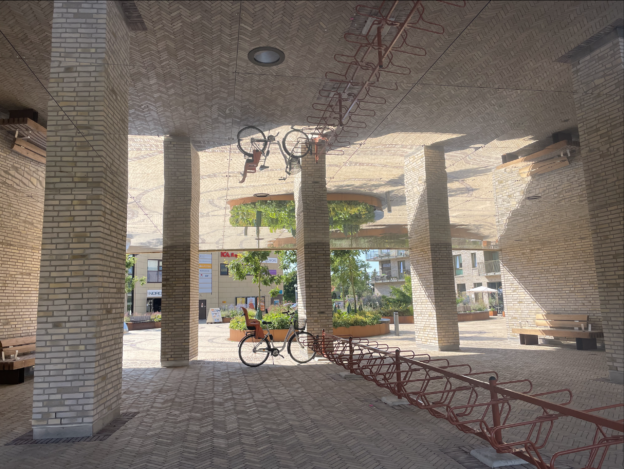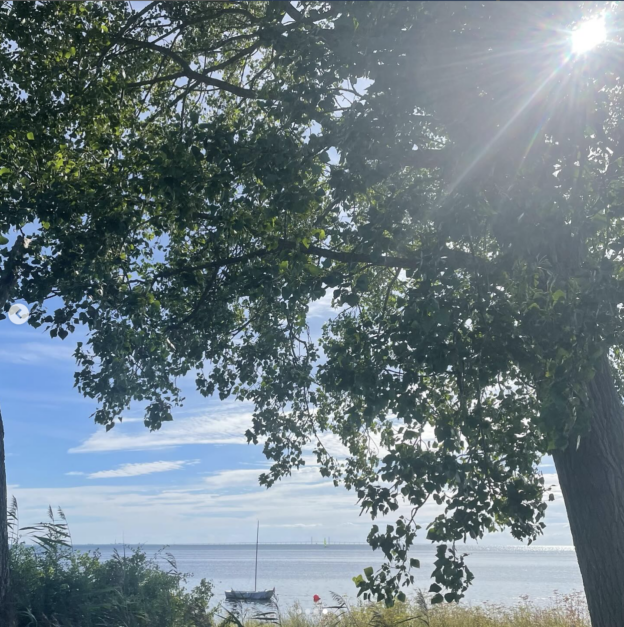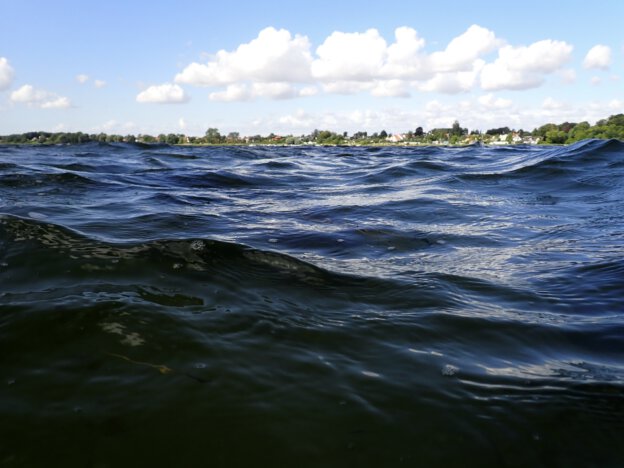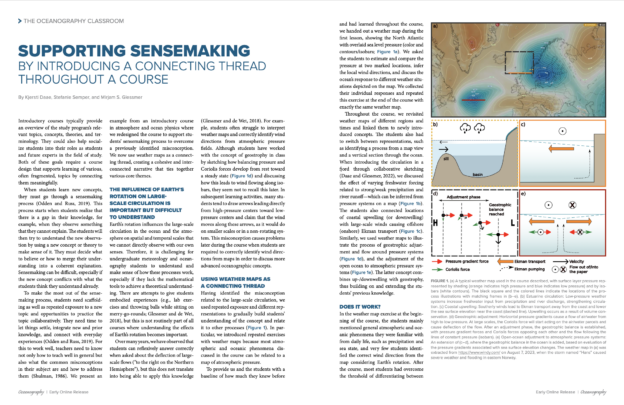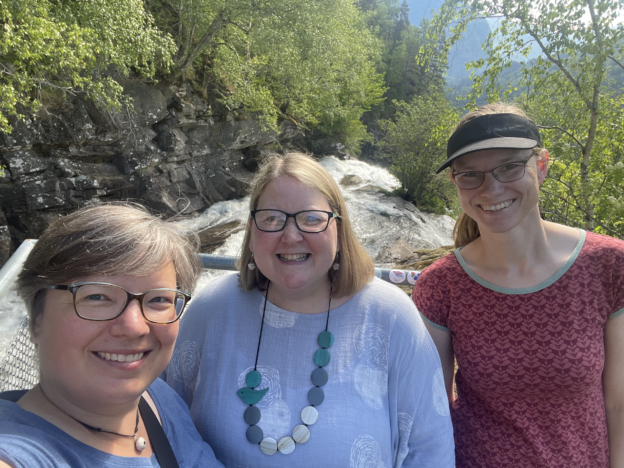Rotating fluid dynamics are super cool on the one hand (just look at my collection of DIYnamics rotating experiments, or our time on the 13m-diameter-tank-on-a-merry-go-round in Grenoble), but also super difficult to teach. I’ve tried different things with Pierre (with a super easy introduction to rotation in labs that we taught) and Kjersti and Elin (using student guides to help students in their first exposure to the topic, but also to give the guides a chance to repeat and deepen their understanding). And I think on the lab front of things, we’ve made progress. But what about introductory courses where there are no labs involved, and rotation is still happening on spacial scales that are hard to imagine and even harder to directly observe, where the maths is still too difficult to make sense of for most, and yet where the influence of rotation needs to be understood anyway? Recently, Kjersti, Steffi, and I came up with a plan for how to connect all the topics in an introductory course to each other and to rotation, using a weather map as the connecting thread. Our article on this has just been published, check it out!
Daae, K., S. Semper, and M.S. Glessmer. 2024. Supporting sensemaking by introducing a connecting thread throughout a course. Oceanography, https://doi.org/10.5670/oceanog.2024.604.
